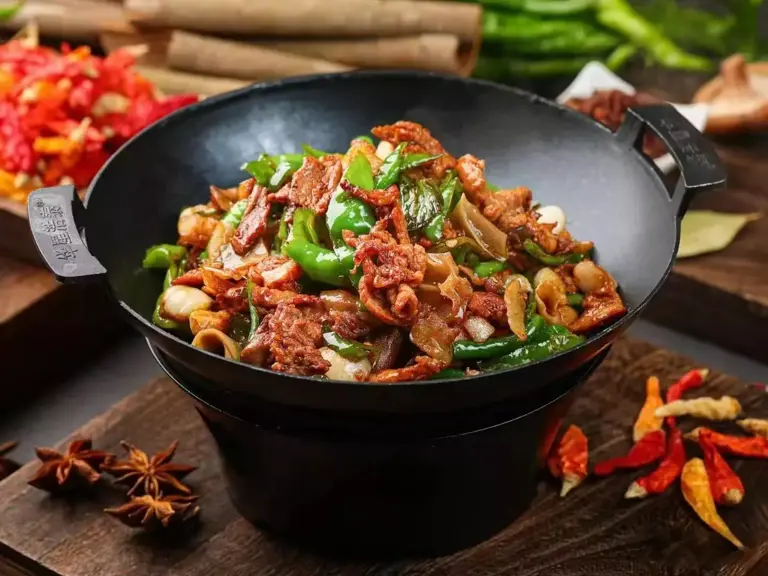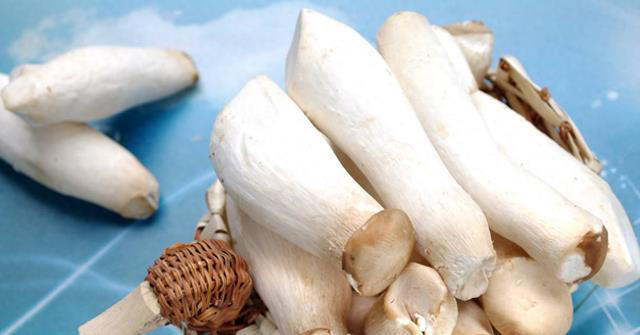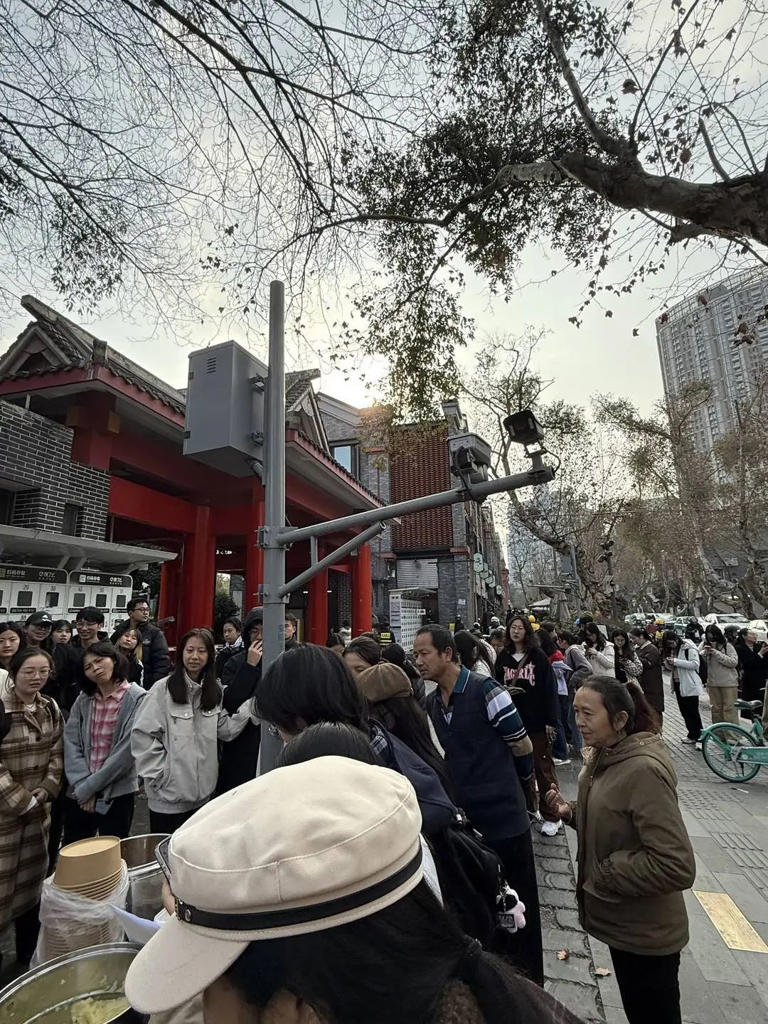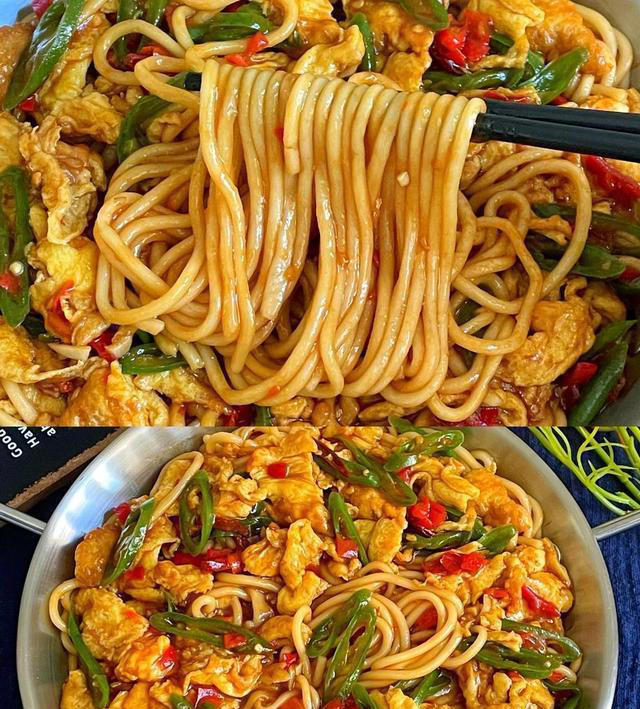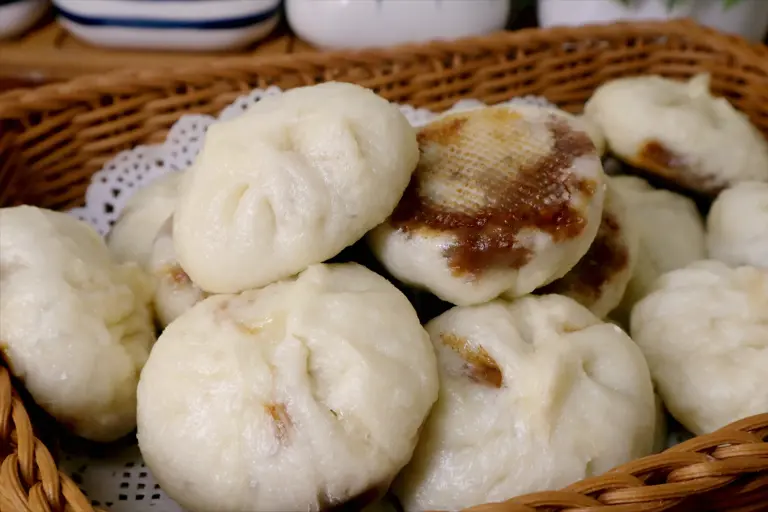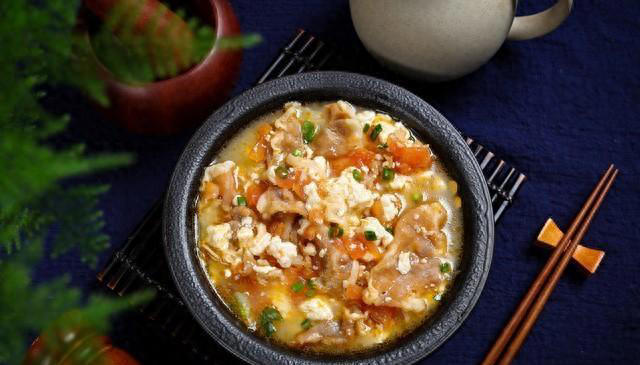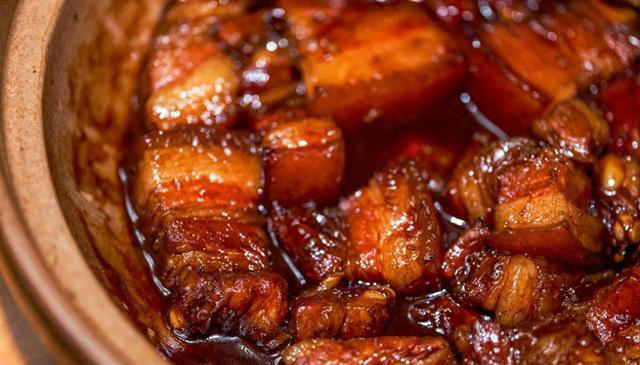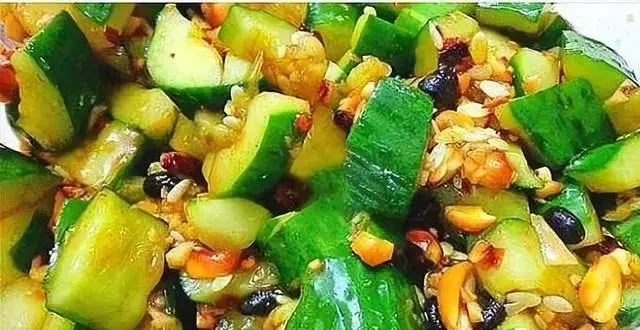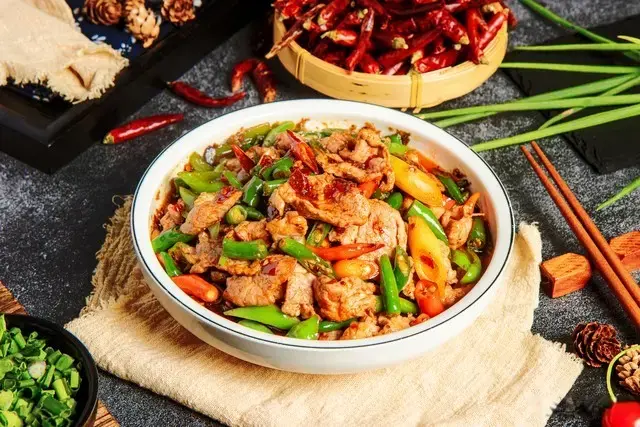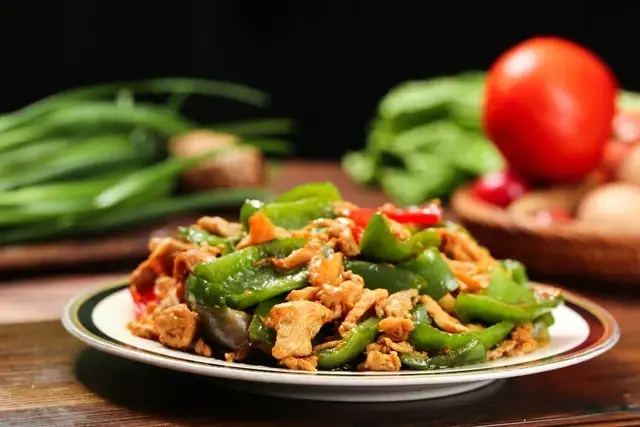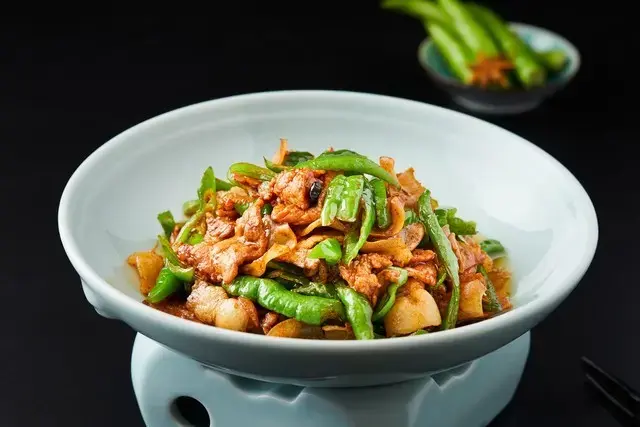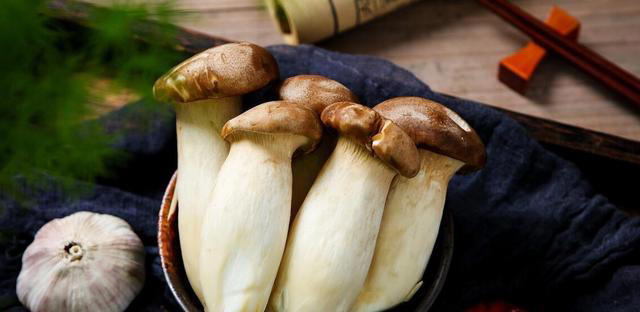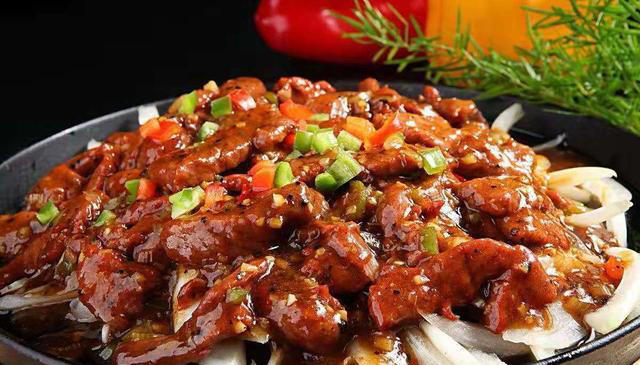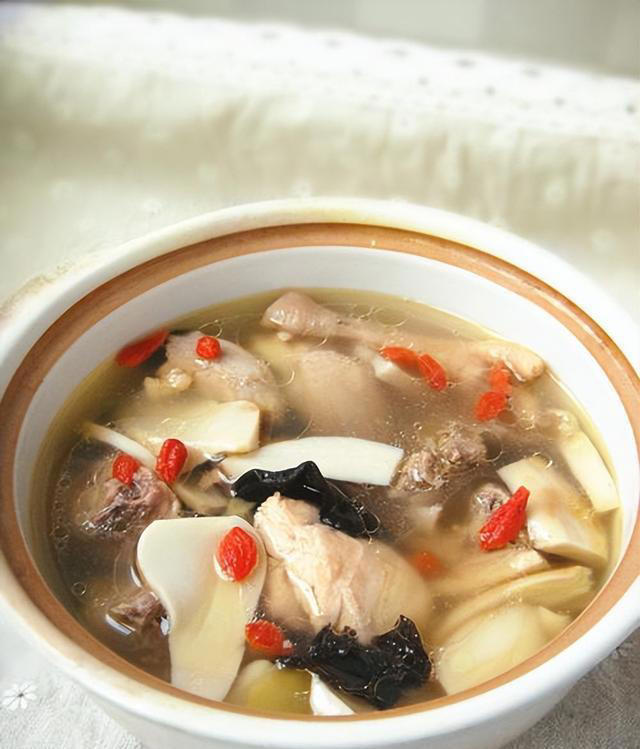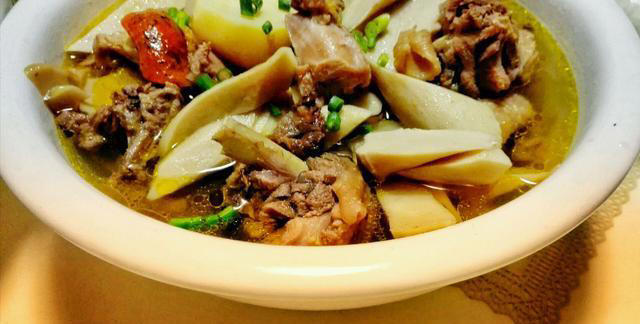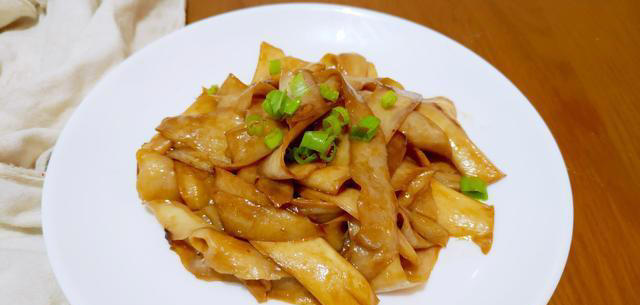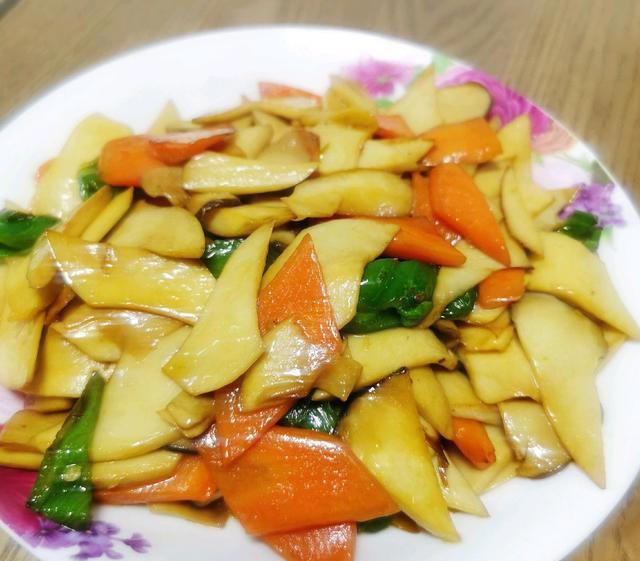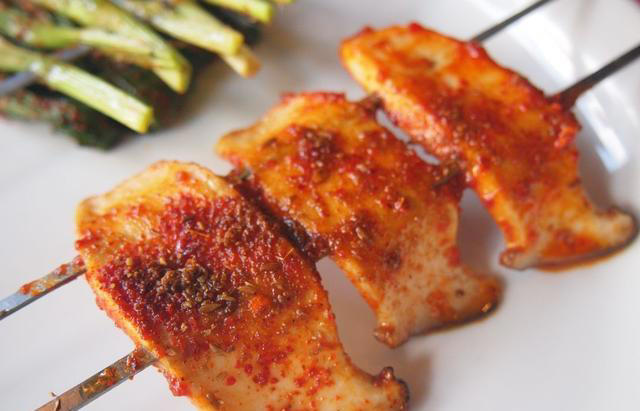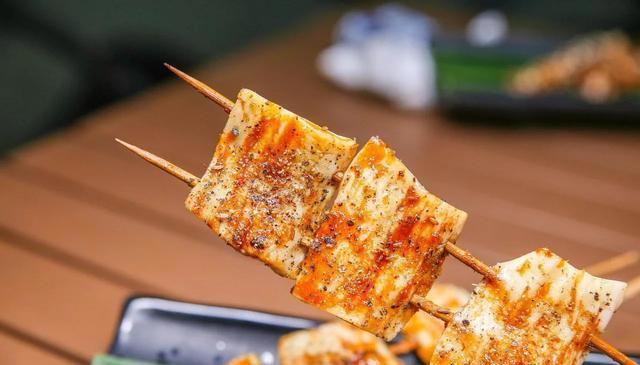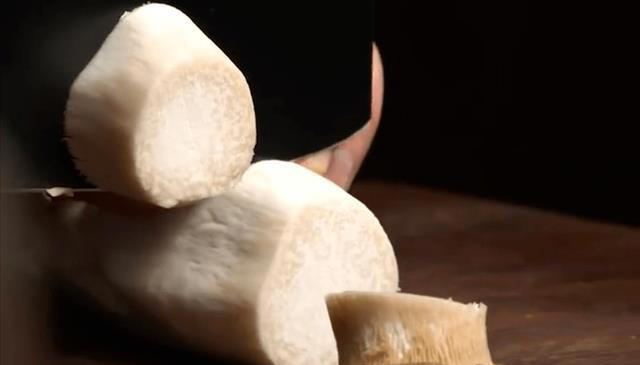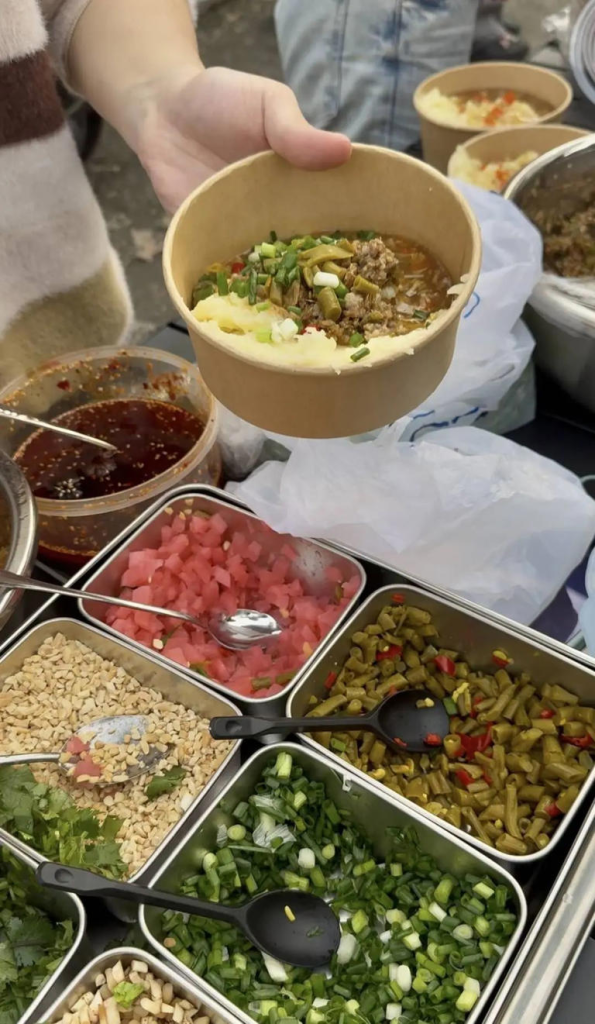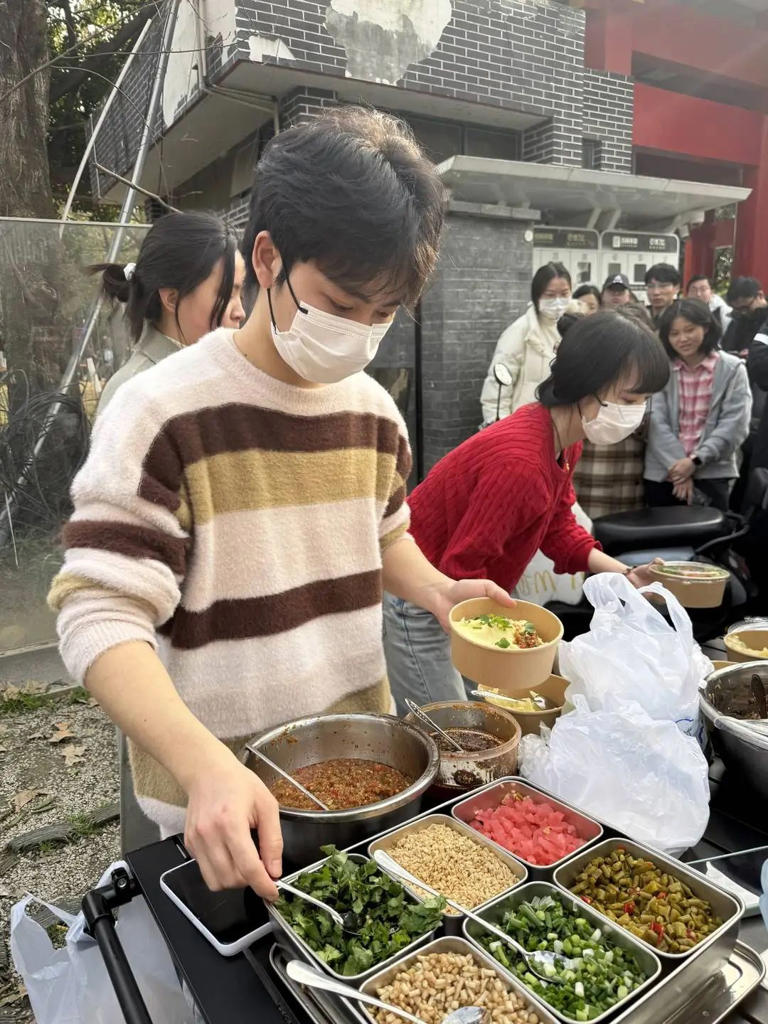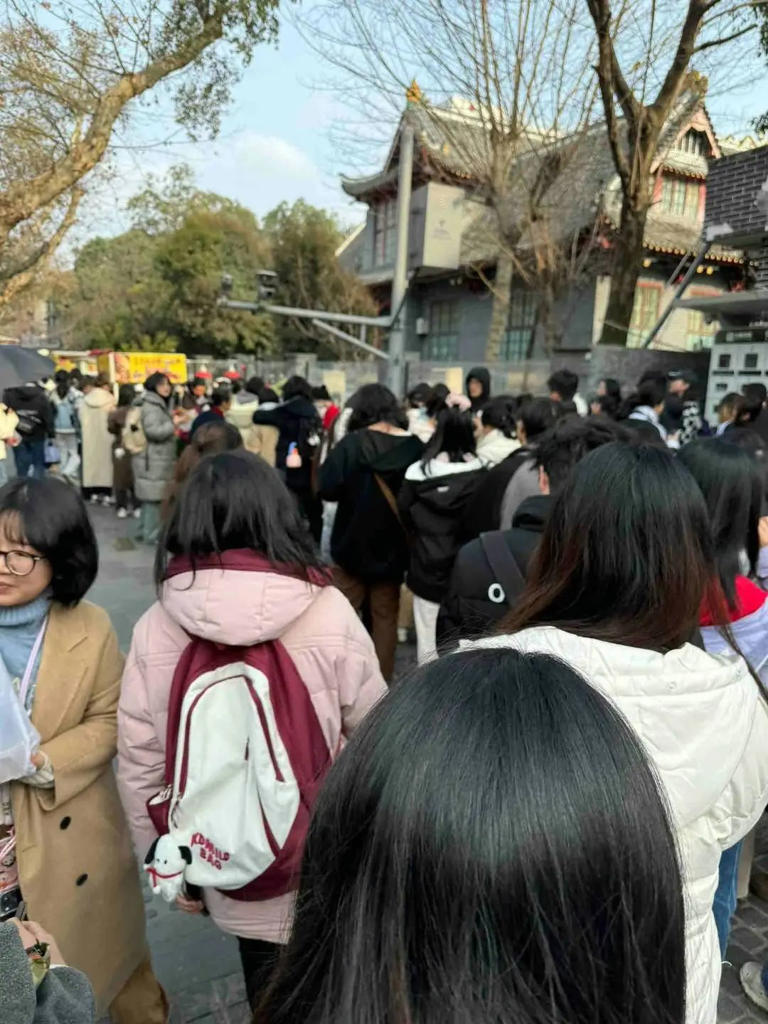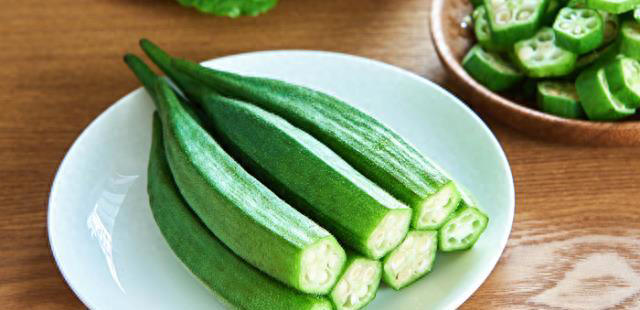
Blanching is one of the most commonly used cooking techniques in Cantonese cuisine, and it is also one of the methods that best reflect the umami of ingredients. Many people think that boiling is not boiled, but in fact, there is a big difference between the two, and there are many exquisitenesses. The following chef teaches you the correct way to blanch, learn to easily improve your cooking skills, and collect it.
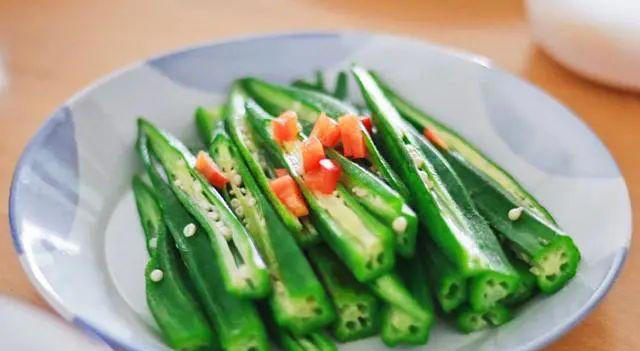
What is Blanch? Blanching is to soak the ingredients in boiling water, or blanch; It is then served with sauces and dipping sauces. It’s more about tasting the umami of the food itself, and adding a dipping sauce to enhance the flavor. It looks a bit like “blanching” or “boiling”, but in fact, boiling is not as simple as boiling water, and the difference is still very big.
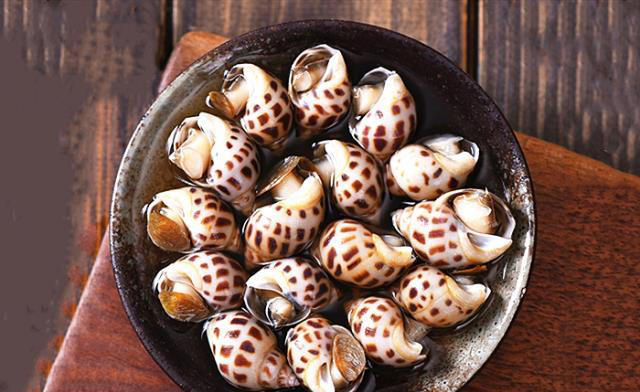
First of all, boiling does not mean boiling in plain water. A little excipients will also be added to the water to enhance the freshness and taste. For example, for seafood, you need green onions and ginger to remove the smell and increase the freshness.
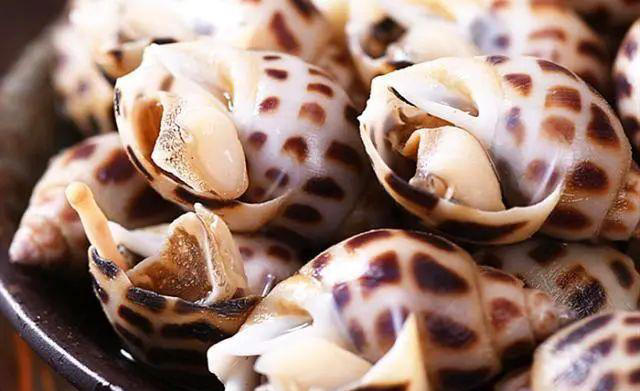
Then, blanching is not cooked directly, and it requires a high degree of control of the heat. The specific method is divided into “Wenzhuo” and “Wuzhuo”, Wenzhuo refers to using 90 degrees of hot water to soak the ingredients, and the whole process is in a state of rolling but not rolling. It is mostly suitable for large pieces of food or ingredients that are not easy to cut, such as shrimp.
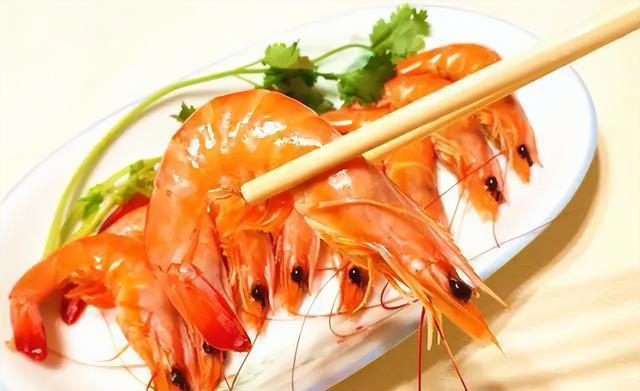
Wu Zhuo, on the other hand, uses high heat to boil water to quickly blanch the ingredients. It is generally suitable for thin sliced ingredients, such as lettuce, cuttlefish fillet, etc. But no matter which way, it is necessary to grasp the heat, the ingredients must be taken out as soon as they are cooked, and too much will affect the taste, especially if they cannot be cooked. For example, lettuce, boiled water pot, 5 seconds to take out, beautiful color, crisp and tender taste.

Finally, not all ingredients are suitable for blanching. The purpose of blanching is to taste the freshness and sweetness of the ingredients, so only ingredients that meet the three requirements of “freshness, sweetness, and coolness” are suitable for blanching.
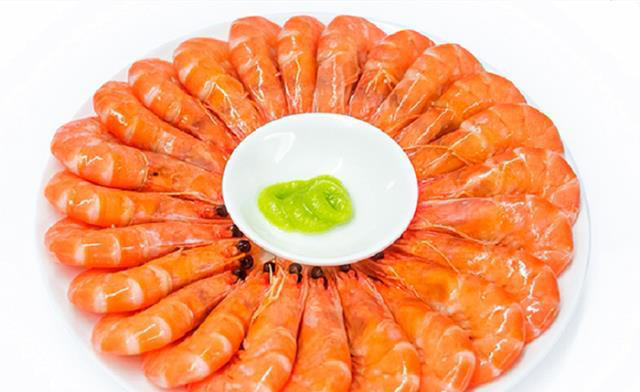
The most common are seafood and vegetables, and seafood must be fresh, at least live and fresh. If the seafood is no longer fresh, don’t blanch it. It doesn’t make sense, and the texture and taste will vary greatly.
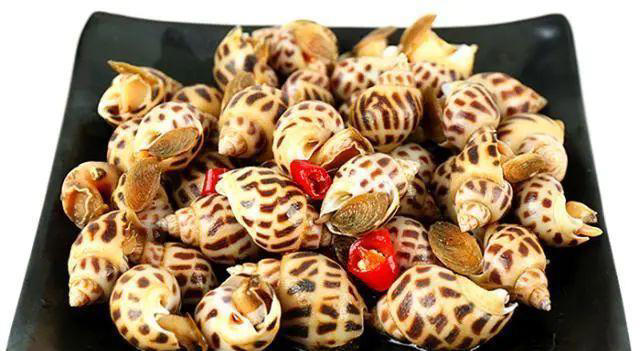
Generally speaking, the most suitable seafood for boiling are shrimp, snails, cuttlefish, etc. Green vegetables include lettuce, asparagus, Shanghai greens, and various kinds of choy sum.
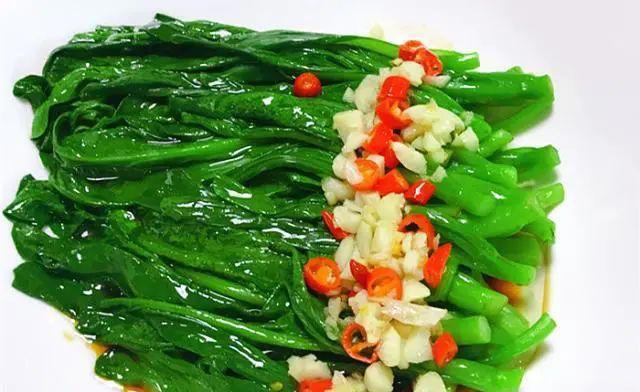
“Blanching” is not “boiled”, it is not as simple as boiling it directly, the chef teaches you the correct method, the above is a detailed introduction, and you can easily improve your cooking skills if you learn it. Many people don’t like to eat green vegetables, and they are actually boiled in a way to make them, the color is beautiful, the taste is fresh and sweet, and the taste is really good. Like this article, you can collect it, and you can try it at home if you have the opportunity.

 Entering China
Entering China